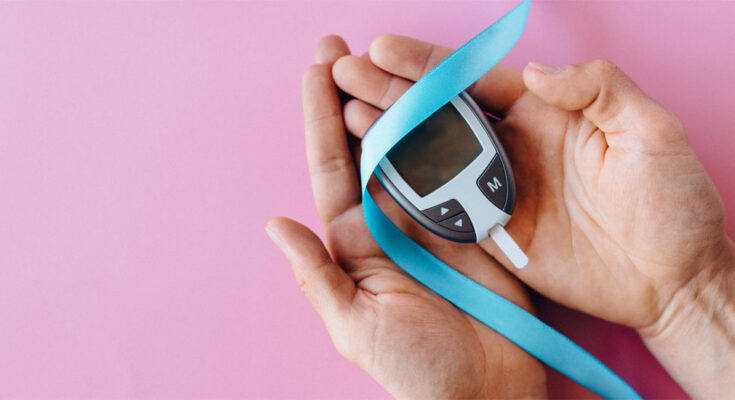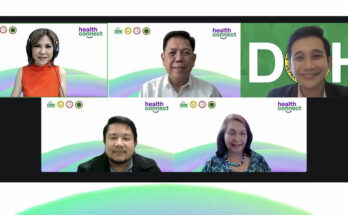Individuals living with diabetes either have trouble effectively using the insulin their body produces or their pancreas doesn’t produce sufficient amounts of insulin. They’re also more prone to experience drops in blood sugar levels. The normal level is 99 mg/dL (milligrams per deciliter); when this drops to 70 mg/dL, it’s already considered low and can be dangerous if not treated immediately. This condition is called hypoglycemia and is caused by having too much insulin in the blood.
A person with a hypoglycemic episode may experience blurry vision, confusion, and slurred speech. That’s because there isn’t enough sugar going into their brain. In severe situations, they might lose consciousness.
If you or you know someone who has diabetes, it’s best to understand what happens to them during hypoglycemic attacks. This includes recognizing the tell-tale signs and learning how to manage sudden drops in blood sugar levels. Here are some useful things to remember in managing this condition:
Be Aware of The Symptoms
A person experiencing hypoglycemia can show different symptoms. They serve as warnings so you can take immediate action before the person’s blood sugar drops more. The symptoms of hypoglycemia can include:
• Sweating and chills
• Shaking or trembling
• Nausea
• Lightheadedness or dizziness
• Headaches
• Hunger
• Pale skin
• Weakness
• Faster heart rate
Consume Fast-Acting Carbs
If you notice any of the above-mentioned symptoms, you must take action right away. One of the best first aid treatments for hypoglycemia is to eat or drink about 15 grams of carbohydrates. It will significantly raise your blood sugar level and make you feel better.
Some of the most easily accessible fast-acting carbs are:
• Half a cup of orange juice
• Half a cup of non-diet soda
• One tablespoon of sugar dissolved in water
• One tablespoon of honey or maple syrup
• Half a cup of applesauce
• A tablespoon of cake frosting
• A small piece of fruit
• Five to six pieces of hard candies
Alternatively, you can take glucose tablets to increase your blood sugar levels. Make sure to ask your doctor about how to properly take this type of medication.
Monitor Blood Sugar Levels
Tracking your blood sugar levels is an important step in managing a hypoglycemic event. After consuming food or drinks with fast-acting carbohydrates, rest and wait for 15 minutes before conducting a test. Using a glucometer, check if your glucose levels have reached 100 mg/dL or higher. If so, there’s no need for further action.
Otherwise, you’ll need to eat or drink another 15 grams of carbohydrates. Then, rest again for 15 minutes and retest your glucose levels. Continue to repeat the process until your blood sugar returns to normal. If it still doesn’t after a few more tries, go to your doctor immediately to receive further treatment.
Eat Protein-Rich Food
Once you feel better and your blood sugar level has been raised to a healthy level, the next thing you need to do is eat some protein. It will help stabilize your blood sugar within the normal range before resuming your activities. Some food options include a handful of peanuts, peanut butter, or cheese. You can also have a ham or turkey sandwich to curb hunger if your next meal is an hour away.
Take Preventive Measures
The best way to prevent another hypoglycemic event is to manage your diabetes well. This involves following your doctor’s recommendations regarding diet and exercise, as well as taking your medication as prescribed. It’s also a good idea to carry some fast-acting carb foods with you at all times. This way, you can quickly raise your glucose levels should the need arise.
Additionally, always keep track of your blood sugar levels. Some of the best times to monitor your glucose levels are before and after eating, before and after exercising, and before going to bed. Doing so helps you stay aware if and when your blood sugar level drops, so you can make adjustments to stay healthy.
Record Your Hypoglycemic Episodes
When you experience a hypoglycemic event, take note of it. Be sure to include details like the time of the event, what you recently ate, if you exercised before it, and the symptoms you experienced. Then, consult your doctor about the information, especially if you frequently have hypoglycemic episodes or have trouble normalizing your blood sugar levels. Your doctor will use the information you’ve recorded to identify any patterns that contribute to your condition. They may adjust your prescription or recommendation on diet and physical activity.
Many people with diabetes can experience sudden drops in their blood sugar levels. These hypoglycemic events can cause unpleasant symptoms and have serious effects on a person’s health. If you or your loved one is diabetic, it’s important to understand how to prevent, detect, and manage a sudden drop in glucose levels. This way, you can be prepared to deal with a hypoglycemic episode. If you have challenges normalizing your blood sugar, contact your doctor immediately.




